A Guide on Rejuvenating Cosmetic Procedures

Many people strive to extend their youth. Fortunately, today there are many cosmetic procedures aimed at solving these issues. Some of them are known to everyone, while others still remain somewhat of a mystery.
5-Minute Crafts is telling you what rejuvenating cosmetic procedures exist today.
❗ Important: This article is for informational purposes only and in no way replaces the advice of experts.
Please note that almost all procedures have a number of contraindications. They can be done only after consulting a doctor and a certified specialist.
It’s important to follow all the rehabilitation rules after skin resurfacing procedures. In particular, one shouldn’t be exposed to the sun’s rays after many of them. Please read the information carefully and follow the recommendations of specialists.
Lifting
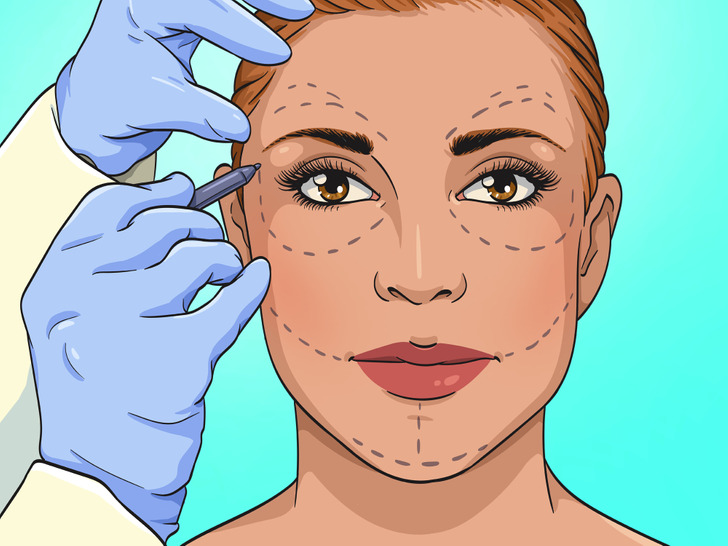
Lifting relates to surgical methods of rejuvenating the face. It is a procedure to lift and tighten sagging skin on the face and neck. It is normally performed in the operating room and the patient is often asleep under general anesthesia.
During the procedure, the doctor makes small incisions and then pulls back the skin and removes its excess. With the help of lifting, one can solve the following issues:
- Nasolabial folds
- Midface drooping
- Double chin
- Saggy skin on the neck
The effects after such lifting surgeries last longer than after injections.
Fillers
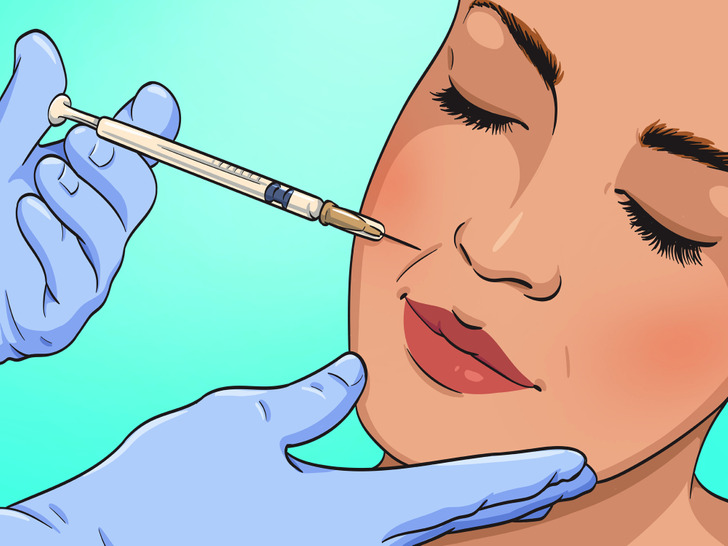
Cosmetic fillers are injected right into problematic zones. They help to smooth wrinkles and folds by increasing the volume of the tissue underneath.
The most popular type of filler is collagen. Hyaluronic acid, calcium hydroxyapatite, poly-L-lactic acid, and polymethylmethacrylate beads (PMMA) are also used for injections. Results from hyaluronic acid can last for more than 9 months. Collagen injections should be repeated every 3 to 6 months. The effect of the use of PMMA is often long-term.
With the help of fillers, one can:
- Conceal saggy eyes and dark circles under the eyes by filling hollows around the eye sockets.
- Get rid of wrinkles and folds by filling them from the inside.
- Give volume to certain zones, like making the lips plumper.
Botox injections
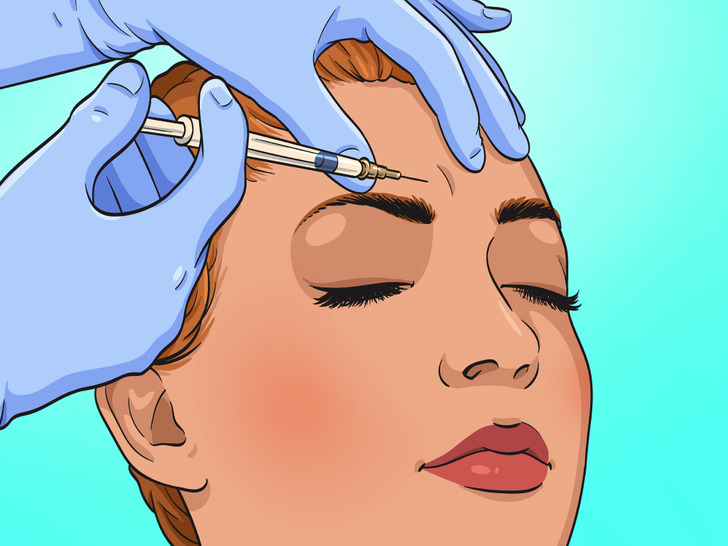
Injections of botulinum toxin (Botox, Dysport, and Xeomin) are also actively used to fight wrinkles. They block nerves contractions, which relaxes the muscles and, as a result, smoothes wrinkles.
Wrinkles will appear again once the muscles regain their ability to contract. In order to sustain the effect, one will have to get these injections every 3-6 months for the first few times. Later, they can be done less often.
The botulinum toxin helps solve the following issues:
- Crow’s feet
- Forehead furrows
- Frown lines
- Skin bands on the neck, etc.
Laser skin resurfacing
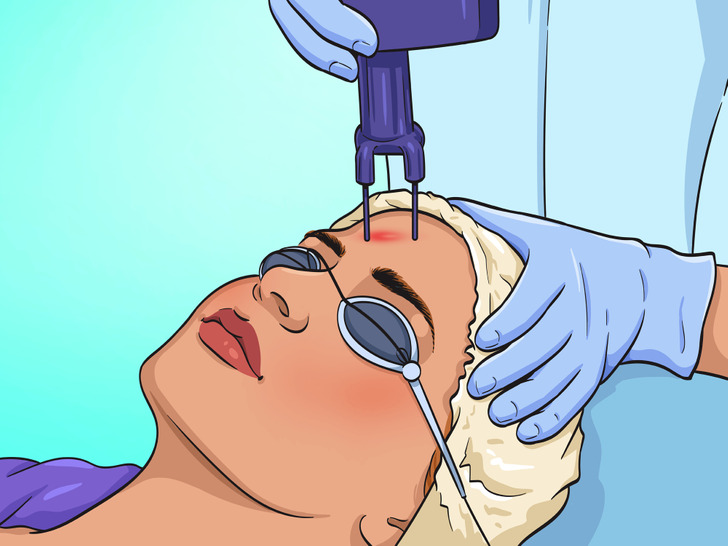
Lasers use highly-concentrated beams of light energy that can improve the skin’s overall look. With the help of laser skin resurfacing, one can obtain a significant and long-term effect. However, it doesn’t appear right after the procedure — it requires time, sometimes several months. At the same time, the redness of the skin after the laser can last up to several weeks.
Here’s some of what can be done with the help of a laser:
- Minimize wrinkles.
- Even out the skin tone.
- Tighten skin and encourage collagen production.
- Remove scars, including traces of acne (post-acne).
- Remove hair on the face and body.
Lasers can be:
- Ablative: They help remove outer layers of skin and encourage new skin to heal in its place. Nowadays, specialists often use fractionated lasers, which remove only a fraction of the skin that requires treatment.
- Non-ablative: They don’t break the skin’s surface. These lasers heat the inner layers of the skin, stimulating the production of new collagen and helping restore the skin’s natural tightness and tone.
Chemical peels
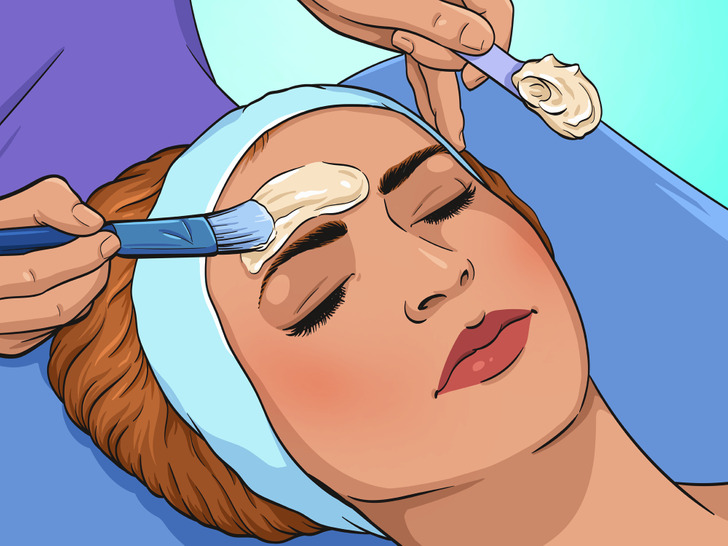
Chemical peels are a procedure that uses a special chemical solution that causes peeling of the outer layers of skin after being applied to the skin for a while. Over the course of several days following the procedure, the old skin will gradually peel away.
With the help of chemical peels, one can:
- Reduce or remove age spots.
- Smooth fine lines and surficial wrinkles.
- Minimize or completely get rid of scars, including acne.
- Tighten and tone the skin.
- Brighten the complexion.
- Remove keratoses.
Chemical peels are classified as light, medium, or deep. The name refers to how many layers of the skin they remove.
- Light chemical peels: During this procedure, a milder solution of acid is used — like, for example, glycolic acid, alpha hydroxy acid (AHA), salicylic acid, fruit enzymes, or a low concentration of trichloroacetic acid (TCA). The solution normally gets partially inside the outer layer of the skin, the epidermis.
- Medium or deep peels get deeper inside the epidermis or even to the next layer, the dermis. They are used for deep wrinkles, age spots, or deep acne scars. These procedures also include phenol peels, stronger TCA peels, and croton oils. Medium and deep peels can be done with anesthesia, and the patient will require some time for rehabilitation after it.
Mechanical exfoliation
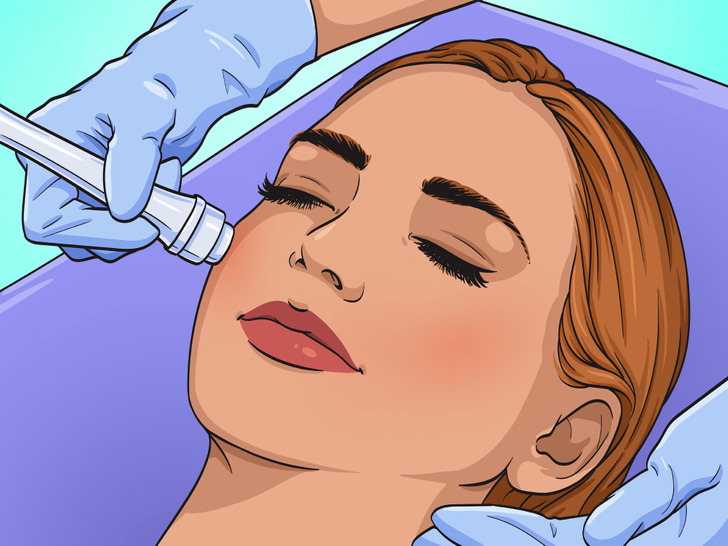
Mechanical exfoliation uses the help of a tool to remove the outer layers of the skin, which also relates to rejuvenating procedures.
Microdermabrasion is a relatively gentle procedure. During it, the area of the skin is exfoliated with the help of a tool containing a very fine tip or by applying a fine mist of abrasive particles. The exfoliated skin is instantly removed with a special vacuum cleaner. This procedure is suitable for all skin types, has very little risk of side effects, and doesn’t require rehabilitation.
With the help of microdermabrasion, it is possible to:
- Minimize fine wrinkles, such as crow’s feet.
- Help skincare products work more effectively.
- Brighten the skin and improve its tone.
- Reduce age spots or mild acne scars.
Microdermabrasion can be done together with a peel or facial care procedures to improve the results.
Dermabrasion is a stronger mechanical method of skin resurfacing. During the procedure, the skin in the processed zone is removed to the necessary depth, layer after layer. To do this, the doctor uses a rapidly rotating instrument or blade. The goal of dermabrasion is to remove a sufficient amount of skin layers to get rid of visible issues and stimulate the growth of new cells. This procedure is not suitable for all skin types and is usually performed under local anesthesia.
With the help of dermabrasion, it is possible to:
- Minimize nasolabial folds and other things that mimic wrinkles.
- Remove blemishes on the skin and acne scars.
- Smooth out the skin.
- Achieve an even complexion.
Micro-needling
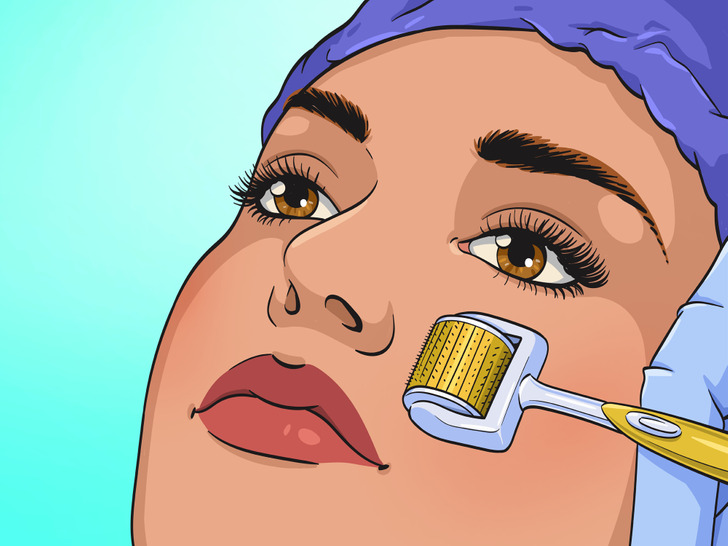
Micro-needling is a special skin resurfacing technology that uses the natural healing process of the skin. During this procedure, skin layers are not removed. Instead, with the help of numerous very fine and short needles, micro-needling creates microscopic scars on the skin. The “injuries” are not visible to the naked eye, but they trigger a natural healing response, prompting the skin to produce collagen and elastin and regenerate new cells.
With the help of micro-needling one can:
- Remove fine wrinkles.
- Get rid of acne and scars.
- Tighten pores.
- Minimize pigment spots and hyperpigmentation.
- Solve the issue of stretch marks.
- Make the skin smooth and even.
This procedure is suitable for all skin types and doesn’t require rehabilitation. However, several treatments are usually required to achieve the desired result.
IPL
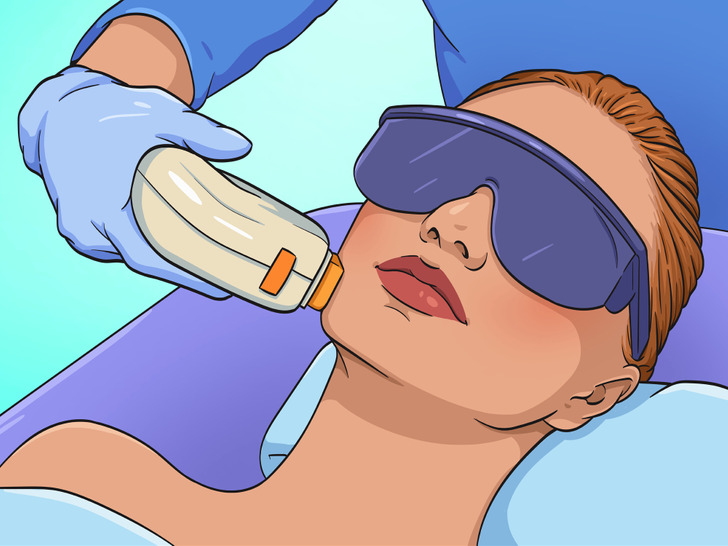
Intense pulsed light (IPL) is a procedure where light is used for fighting skin issues. IPL uses a broad spectrum of light wavelengths, delivered in brief pulses. The wavelengths in IPL absorb the excess pigment of the skin (red and brown) to restore a more even complexion. In addition, this procedure stimulates the production of collagen to improve the overall tone of the skin.
With the help of IPL, one can solve the following issues:
- Hyperpigmentation
- Age spots and freckles
- Spider veins
- Redness and rosacea
- Vascular lesions
- Texture issues
- Fine wrinkles
The IPL procedure can have different names, such as BBL (broadband light) or photorejuvenation. During this procedure, the skin is not removed. Rehabilitation is minimal or is not required at all.
Thermage
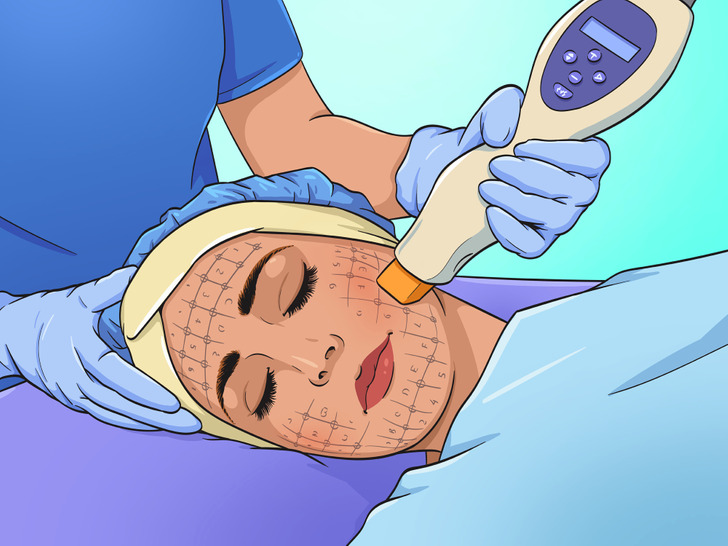
Thermage is a skin rejuvenating procedure that uses radio-frequency energy to heat the skin. The heat promotes the production of collagen, which tightens the skin. This procedure will help smooth out and lift the skin so that it looks younger.
Thermage can be quite painful, but even one procedure oftentimes brings perfect results.
They say that Jennifer Lopez, who now looks much younger than her real age, uses this procedure.